Even though you can’t see them at first glance, two tiny anchors hang beneath the model vessel.
The tones of grey, blue and yellow that colour the Lego version are remarkably similar to the real Burrard Pacific Breeze SeaBus, which crosses Burrard Inlet dozens of times daily, connecting North Vancouver to Vancouver.
Rows of miniature seats, interior lighting and the carpet pattern imitated in Lego pieces immediately impress curious children and adults who pass by.
But it’s the esoteric minutiae that draw the eyes of engineers.
“The detail is really amazing,” said Saeid Zabihi-Rad, engineering manager for SeaBus. “The anchor winches are really impressive, to be honest. All the details of the mast, all the radar screens and everything, even the [navigation] lights are exactly the same.”
At the SeaBus Administration Building, near Lonsdale Quay in North Vancouver, a huddle of technical staff circle the model, pointing out details in amazement to one another, their faces alight with child-like smiles and wonder.
One feature truly wows Zabihi-Rad: two small protrusions on the side of the hull.
After a BC Ferries incident several years ago, it became a mandatory requirement to have a system to lock the vessel while loading and unloading passengers, he explained.
“There is a locking arm on the terminal side, from both sides, which comes and locks the boat by these two little things here on the side of the vessel,” Zabihi-Rad said.
On a non-Lego model of the Pacific Breeze sitting in a glass case in the SeaBus building, those bumps are missing. But they’re among the myriad particulars considered by creator William Fong, a Lego artist who specializes in scale transit models.
“It was really interesting to me that William even considered those little details,” Zabihi-Rad said.
Build took three months and 4,000 Lego pieces
For Fong, the painstaking process to replicate the Pacific Breeze began with uploading drawings of the actual vessel into a computer program and getting everything to 1:40 scale – which is roughly the ratio of a Lego “minifigure” to a human being.
“I carefully measure outlines and see, OK, how many Lego studs is this length, this height, this depth for this model?” he said.
Fong is big on small details.
“I don’t like building things that are just toy-looking. I like to build everything that looks exactly like what you see out on the water, for this model,” he said.
Because he’s trying to represent every element of the real thing, nearly every step of the process has been a challenge, said Fong, who lives in Burnaby.
“The inside has ceiling tiles as well as internal lighting. So trying to get that nice and flat is pretty hard to do in Lego,” he said.
“The hardest part about this model, which I’m still working on, is the bridge module. The angles don’t really work for Lego – that’s why you see it’s still kind of falling apart, a little lopsided,” Fong said. “And just trying to try to get the roof line as flat as possible, because I’m fitting a lot of detail in underneath.”
Brick by brick, it took around 4,000 pieces to build the Lego SeaBus, which was assembled by Fong over the course of three months, and at the expense of many hours of sleep.
Other works in the artist’s decade-long Lego modelling career include a SkyTrain, TransLink buses and Streetcar 153 in collaboration with Museum of North Vancouver, which preserves the real-life “Perfect Little Streetcar” within its walls in Lower Lonsdale.
The Pacific Breeze is Fong’s biggest project to date. And his choice of SeaBus was deliberate.
“It’s the one that was built here in British Columbia, in Victoria,” he said.
Transit models can spark important conversations and memories, Fong says
Under the crush of thousands of hours to plan and assemble pointy plastic bricks, you’d probably think that Fong was obsessed with Lego itself, or the process of putting it together.
But he derives much more satisfaction from the reactions people have to the models.
“Engagement with the public, being able to talk about what’s going on in our city with transit and how people get around is something I’ve always been interested in, even when I was young,” Fong said. “This kind of thing drives engagement with that.”
And Lego is a medium that has an added power to draw memories and emotions out of people, including from Fong himself.
“I’ve been taking the bus since I was a kid. I remember my grandmother always taking me on the 29 to 29th [Avenue] Station,” he said. “I was a student here. I’ve been an employee in the city, Vancouver, and other places around here. And taking public transit has been extremely important to my life, and I think it’s extremely important to everybody here.”
This kind of engagement has the potential to spark important conversations, like how will we keep up with population growth, Fong said.
“Driving cars is something that might be convenient, but it’s not something that you’re able to do forever when a city is densifying and will continue to, whether people like it or not,” he said.
To see the Fong’s SeaBus in person, follow the Vancouver Lego Club online for upcoming shows. You can also see more of his works, which include Lego models of B.C. trains, at the Vancouver Train Expo. Details for this year’s event have yet to be announced but will likely happen later this fall.
You can also follow him on Instagram and Flickr.
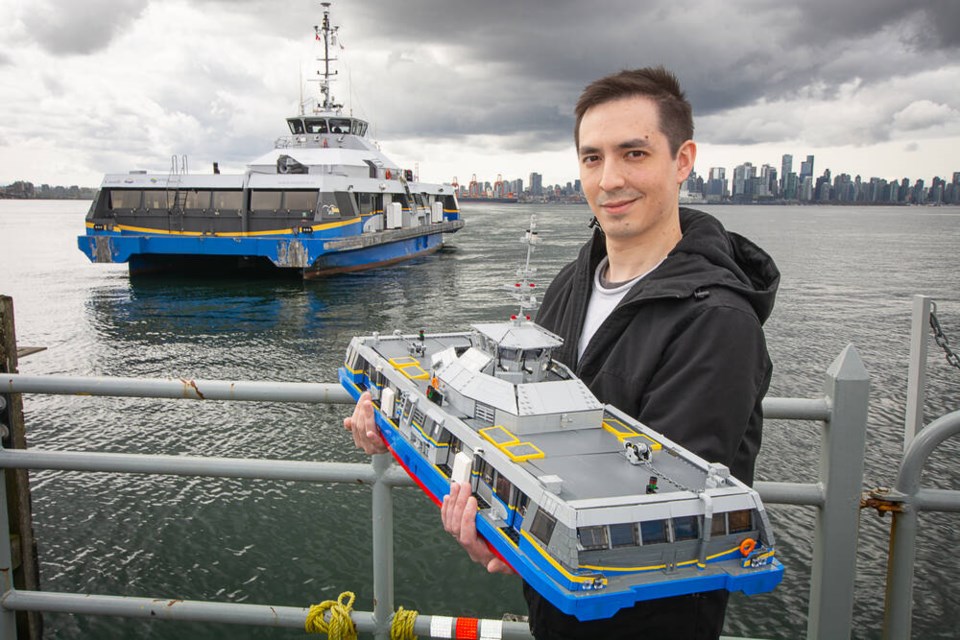
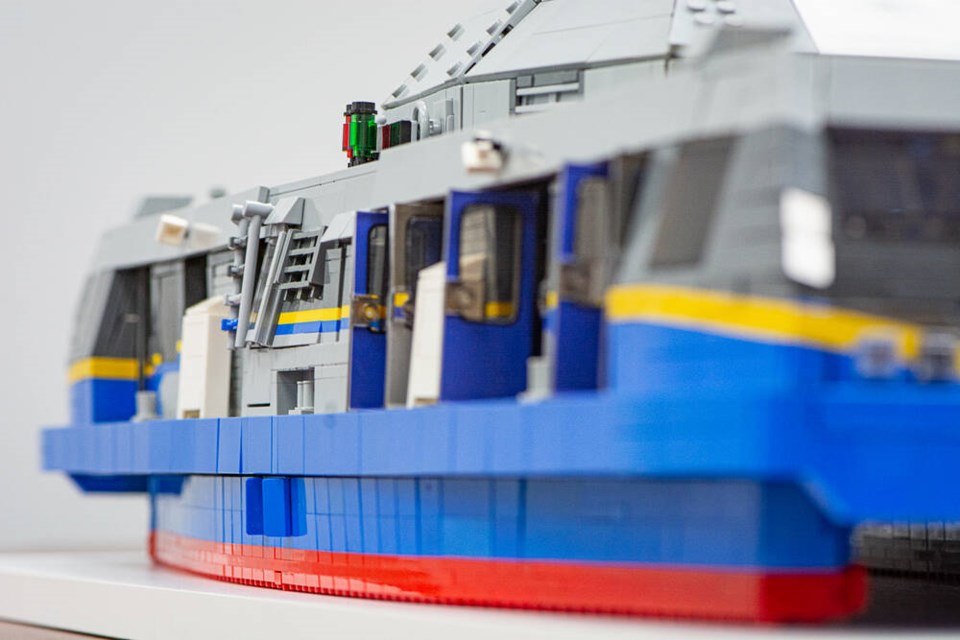
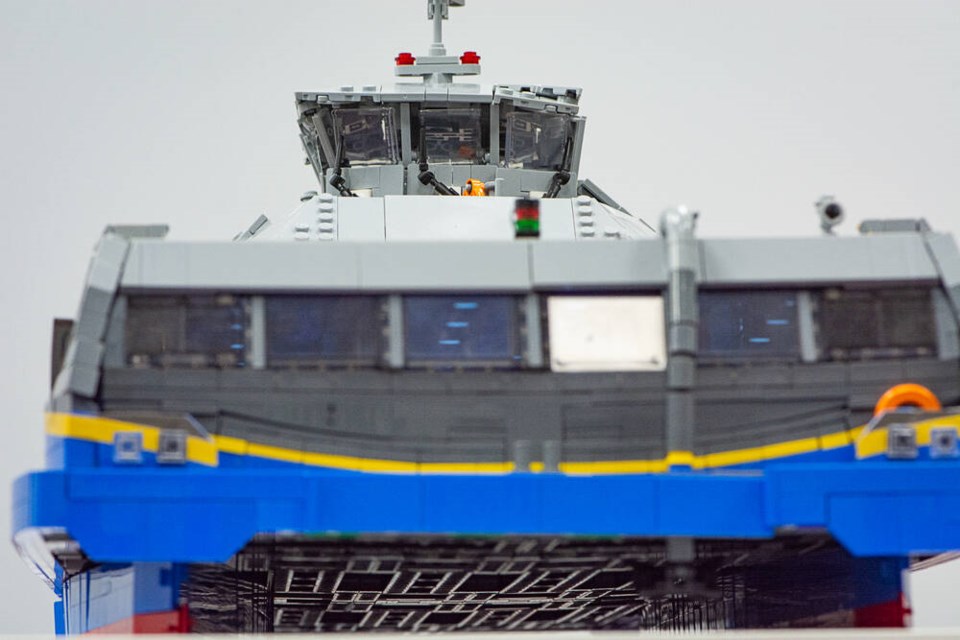

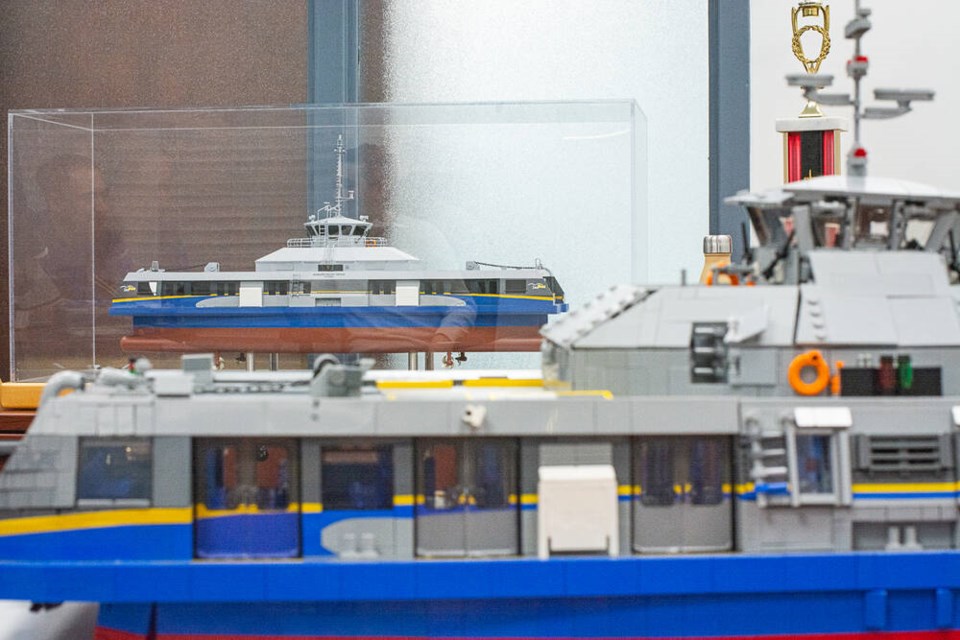
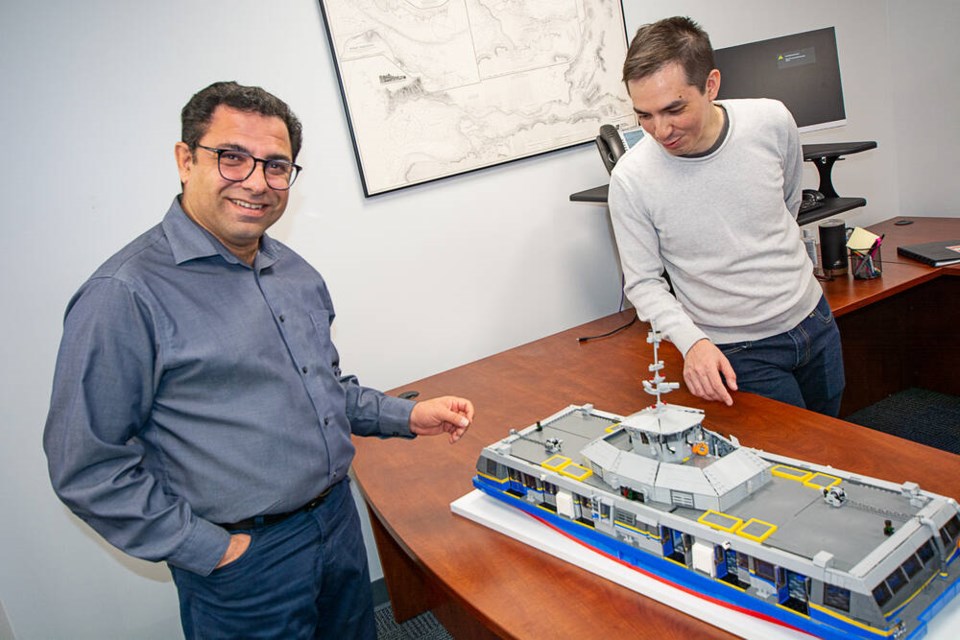
[email protected]
twitter.com/nick_laba
@nicklaba.bsky.social
 Want to stay updated on North Vancouver and West Vancouver news? Sign up for our free daily newsletter.
Want to stay updated on North Vancouver and West Vancouver news? Sign up for our free daily newsletter.


